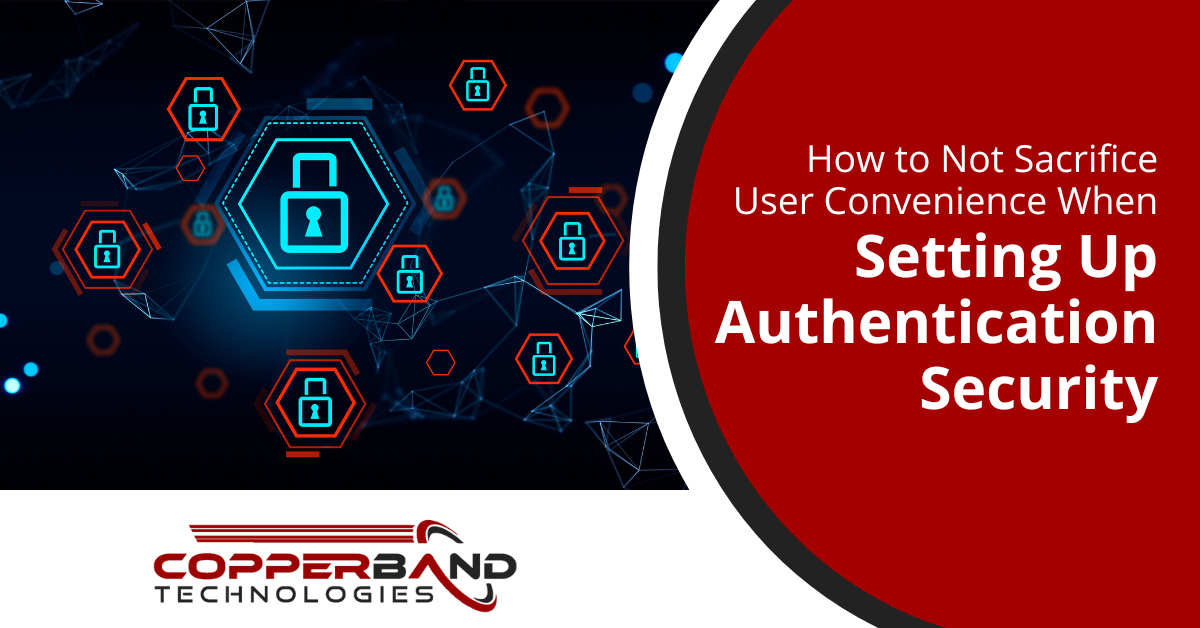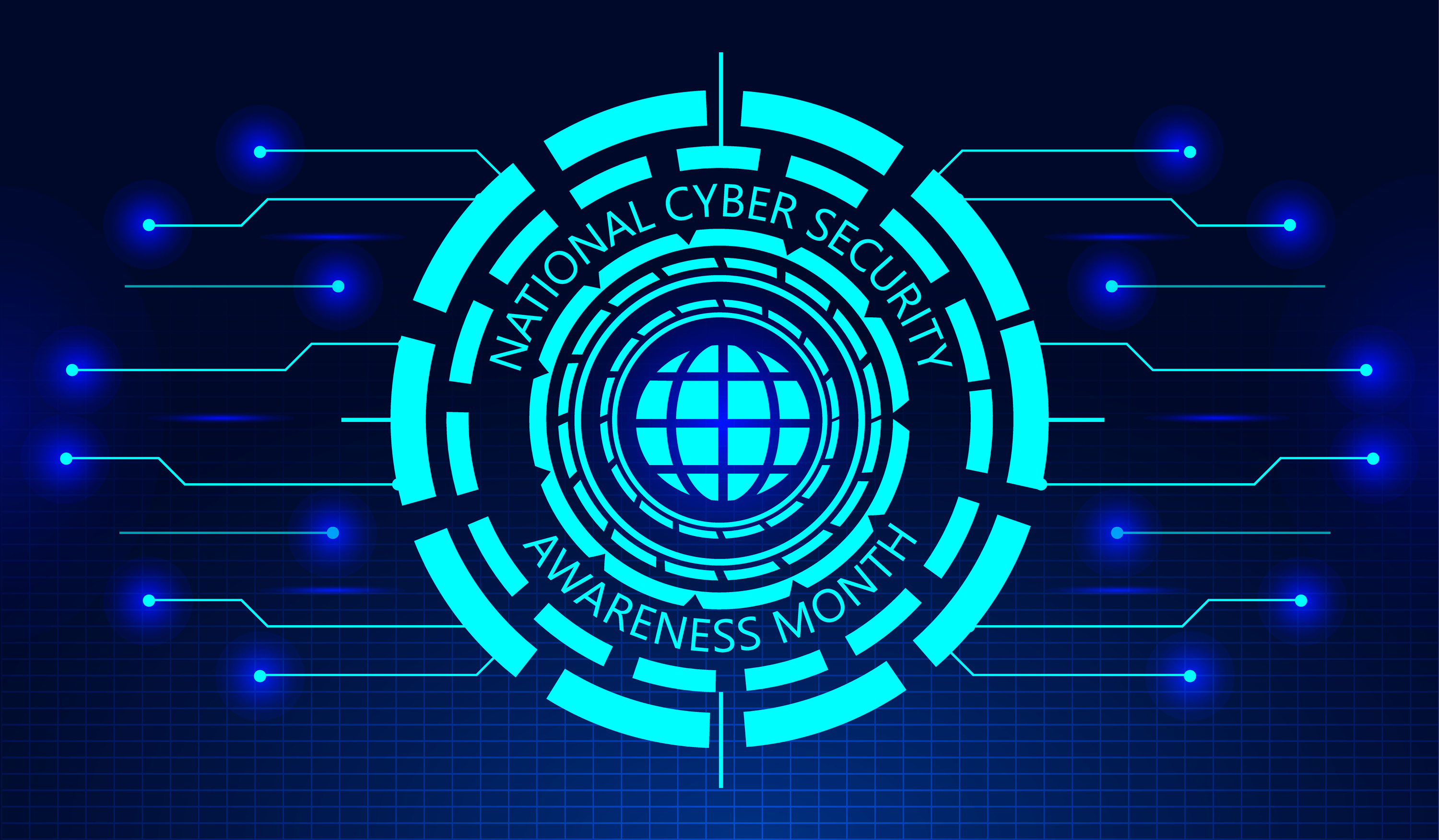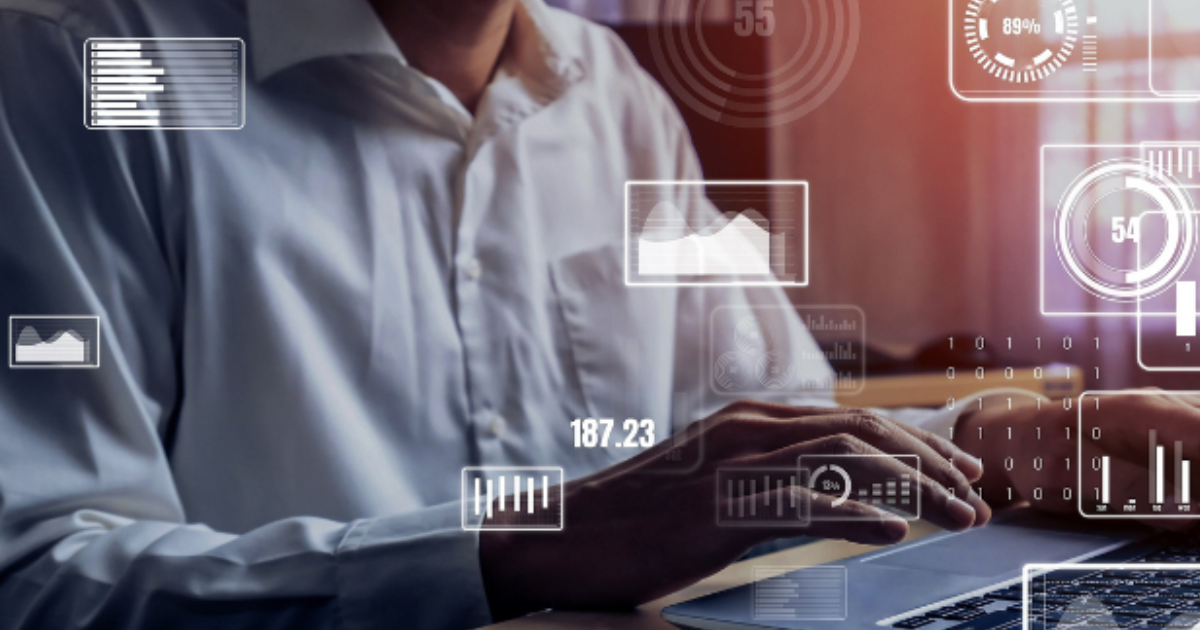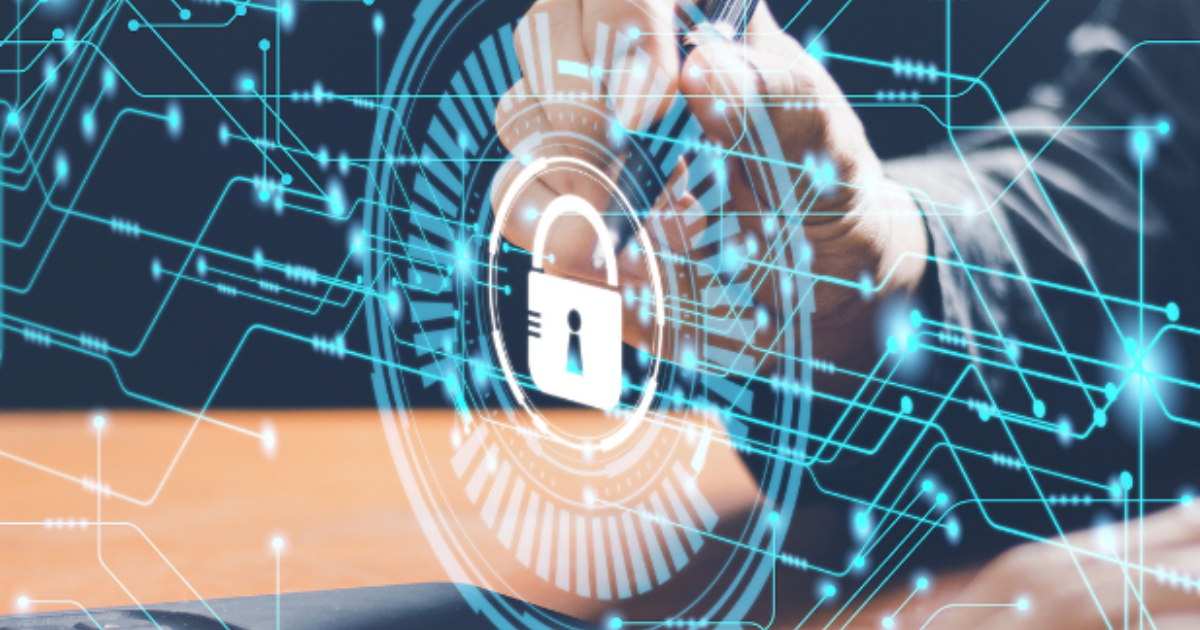How to Not Sacrifice User Convenience When Setting Up Authentication Security

Everyone wants to feel secure and safe. We also want our security features to be easy to use. How do we achieve both goals? As small or medium size business owners, I’m sure you are aware that convenience and security are engaged in an unspoken conflict. To have a total grasp of security measures, you don’t have to sacrifice your users’ convenience. Although comprehensive security structures/methods are expensive to manage, need ample time commitments to maintain and deploy, business owners need to focus more on whether or not these security measures will benefit their users. Yes, it is very possible.
With the advancement of modern technology, businesses can now enjoy the security required. They can even enjoy the convenience of running a business smoothly. Modern innovation is producing more convenient and safe ways to engage users and increase accessibility. The industry is currently dominated by biometric devices. These feature easy mobile-enabled credentialing, contactless enrollment, innovative people, weapon detectors, and other related technology. Even with the most recent developments, flexibility is still an essential component of security management today.
What to have in Mind when setting up Authentication Security without Sacrificing Convenience
Adopting MFA (Multi-factor authentication) is now the trending standard for access security and authentication. Why? According to the US national cyber security head, MFA prevents 80–90% of security breach. Nevertheless, not all forms of authentication employed by that tactic are compatible. There are many alternatives available. Therefore, it’s crucial to ask the proper questions to guarantee a simple and safe access procedure for users. Below are questions business owners need to consider before implementing authentication methods:
Will the implementation of the MFA system be convenient for users?
As a small or medium-sized business owner, always consider prioritizing user convenience. Passwords can be forgotten easily, and most people are often guilty of making use of the same security codes for multiple sites, which could result in a data breach just because of convenience. Additionally, authentication occurs in a wide range of settings where some users might not be accessible to smartphones or could find it difficult to manage hardware tokens. It helps to be aware of the various contexts in which people are verified so that you can choose the best approach. For instance, several MFA techniques call for a cellphone, which several users do not have access to.
With the integration of biometrics into multi-factor authentication, security is maintained without sacrificing convenience. By using biometrics, users can use the authentication mechanism that cannot be shared, stolen, or misplaced. Additionally, it eliminates the need for them to memorize a passcode or device. According to a study carried out by VISA, it is reported that 86% of users are willing to use biometrics to make payments or for identity verification.
What is the organization’s security level?
There isn’t a single, universal approach to data security. While entering a Facebook profile may only require one password, we require a more robust technique to protect banking information. The more confidential the data and vital the infrastructure, the more rigorous the authentication system we require. In general, authentication has three main types: something you have knowledge about (password), something you are made of (biometric {fingerprint}), or a piece of equipment at your disposal (like a gadget).
Despite having clear security weaknesses, passwords continue to be the most used method of user authentication online. Passwords constitute one of the simplest ways for cybercriminals to get unauthorized access. This can be due to weak passcodes, phishing tactics, or password-cracking software. Although users can misplace or lose physical methods such as hardware tokens or mobile authentication, they are more difficult to exploit. The most reliable technique for identifying a person is through biometrics. This is because the physiological value collected cannot be exchanged, taken, or misplaced. But there are various types of biometrics as well. Where the biometric information is enrolled and who holds the authority to enroll are key differences between various biometric authentication methods.
Among the most popular biometric authentication techniques in use right now is Apple’s Touch Identification. The primary users can register their own biometrics in this structure, which is saved directly on the gadget, and then choose to enroll additional users using the same sensor. Although using the device to secure sensitive data for personal use is effective, it isn’t totally safe for businesses to use such devices to secure their data. Why? Since users can enroll their biometrics on the device, and their information is also saved on the device, a company can’t differentiate between the user and the device. Therefore, if someone, other than the primary user enrolls their biometrics on the said device, the company can only see the authenticated gadget and not the individual accessing it.
Let Copperband Technologies Help You with Your Technological Needs
At Copperband Technologies, we specialize in working with small and medium-sized firms in Middle Tennessee and Southern Kentucky. Also, we have ample experience we can use to help business owners take advantage of technology and bridge technological gaps. Contact us now if you need assistance.






